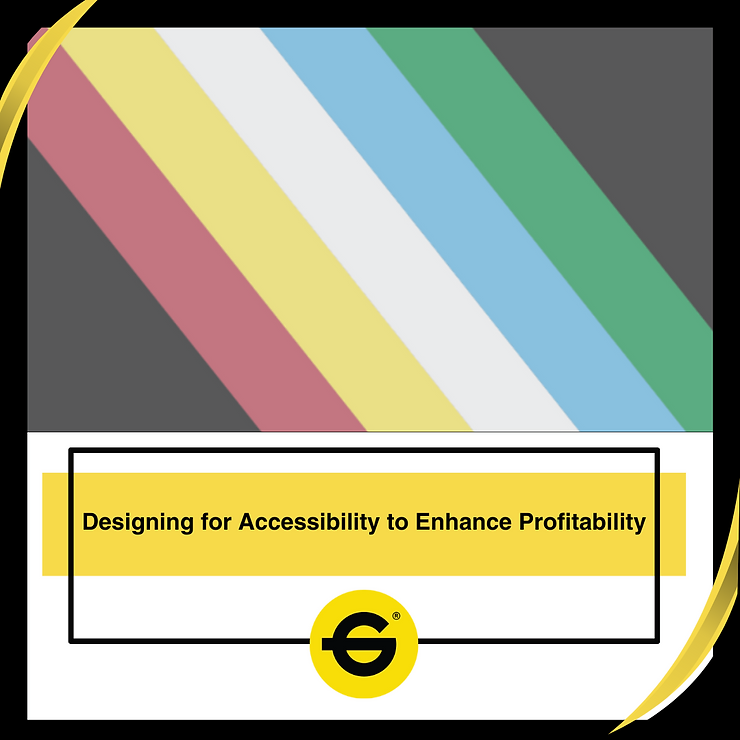Accessibility involves maximizing the usability of your product for a wide range of individuals including those with disabilities or separate cultural/religious backgrounds. This focus on inclusivity and effectiveness directly translates to increased revenue potential. By incorporating accessibility features and considering the needs of diverse users, industrial designers can unlock a significant market while driving profitability.
What we will cover:
- How Accessibility Expands Market Reach
- The Effects on Customer Loyalty and Brand Reputation
- Improving Customer Satisfaction and User Experience
- The Future of Accessibility in Product Design and Manufacturing
How Accessibility Expands Market Reach
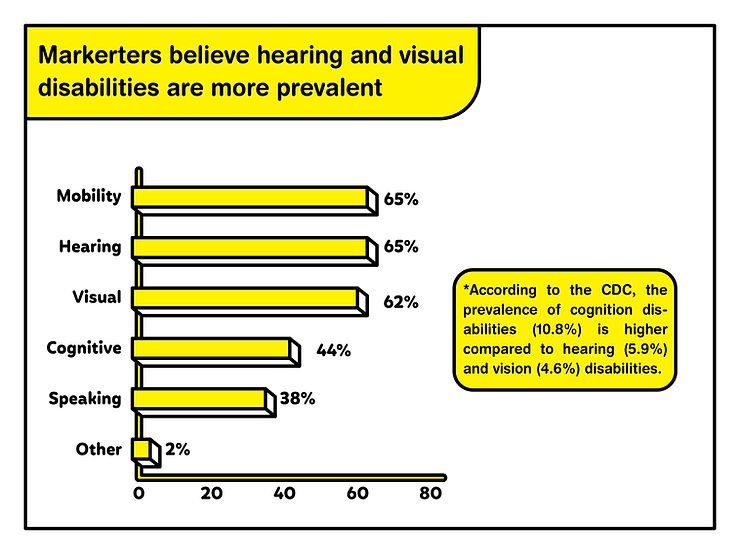
- Designing products with accessibility in mind opens up opportunities to tap into a substantial market segment. According to the World Health Organization (WHO), an estimated 1.3 billion people experience significant disability, representing approximately 16% of the world’s population, or 1 in 6 individuals. This sizable consumer base has specific needs and desires for accessible products and services.
- Moreover, the purchasing power of working-age adults with disabilities was estimated to be around $490 billion in 2018, with $21 billion in discretionary income. This untapped market presents a significant opportunity for designers to create products that meet their unique needs.
- By prioritizing inclusive design, businesses not only serve the needs of individuals with disabilities but also resonate with a broader customer base seeking inclusive and user-friendly experiences.
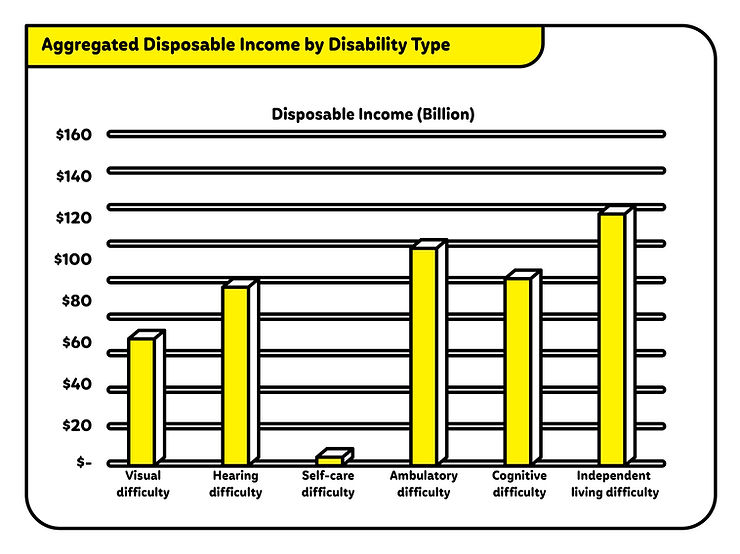
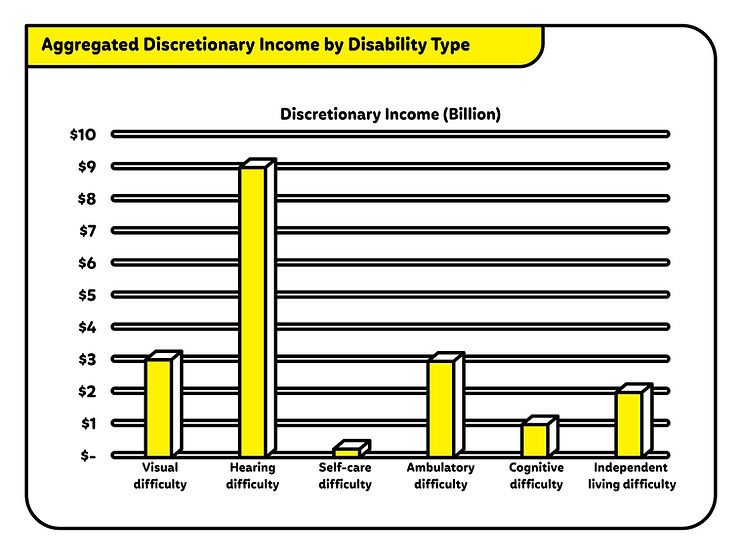
Customer Loyalty and Brand Reputation
- A survey conducted by Top Design Firms revealed that a majority of people (67%) are likely to make repeat purchases from brands that prioritize accessibility and inclusivity. This data emphasizes the significance of actively embracing inclusivity to establish a positive brand image and encourage customer loyalty, ultimately leading to repeat business.
- When making their final decision, 34% of consumers expressed that they would take into account each brand’s commitment to diversity, accessibility, and inclusion.
- According to the CNBC/SurveyMonkey Workforce Survey, a substantial majority of approximately 80% of Americans express a shared belief in the significance of endorsing companies that prioritize and uphold values of diversity, inclusivity, and accessibility. When a brand is recognized for being inclusive and accessible, it resonates with a broader audience and positions the company as socially responsible and empathetic.
- According to a report by Think With Google (2019), 64% percent of consumers indicated that they took action in response to an advertisement that they perceived as diverse or inclusive. Notably, this percentage varies among specific consumer groups, with Latin respondents at 85%, followed by LGBTQ individuals also at 85%. Black and Asian/Pacific Islander communities exhibited a 79% response rate, while Millennials and teenagers showed a 77% and 76% response rate, respectively. These findings highlight the strong impact of diversity and inclusivity in advertising on consumer behavior and engagement.
- Diverse advertisements have a significant impact on consumer behavior, as revealed by a study showing that 64% of consumers are inclined to make an immediate purchase after seeing such ads.
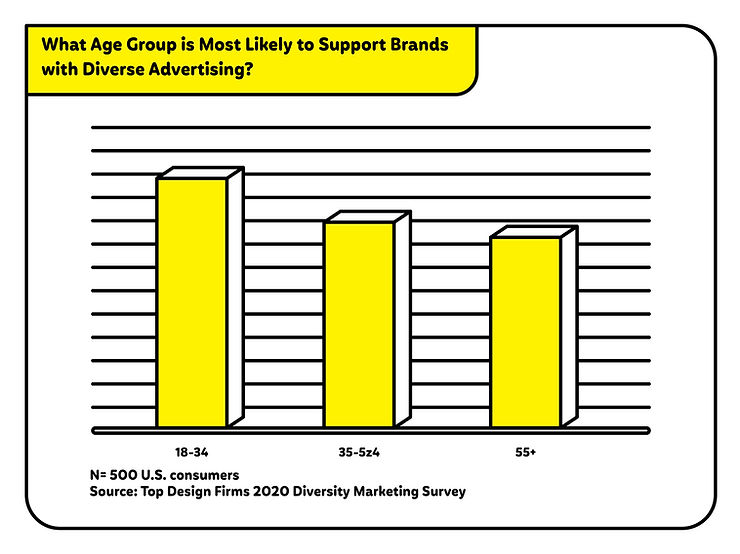
Improving Customer Satisfaction and User Experience
- Accessible product design indirectly contributes to improving customer satisfaction by prioritizing user experience. When businesses prioritize accessibility training, employees are more dedicated to creating inclusive products, leading to improved work processes, fewer errors, and a better overall work experience.
- By considering diverse user needs, employees gain a deeper understanding of customer preferences, benefiting a wide range of users. Therefore, conscious accessibility training in product design enhances user satisfaction, strengthens customer relationships, and contributes to long-term business success.
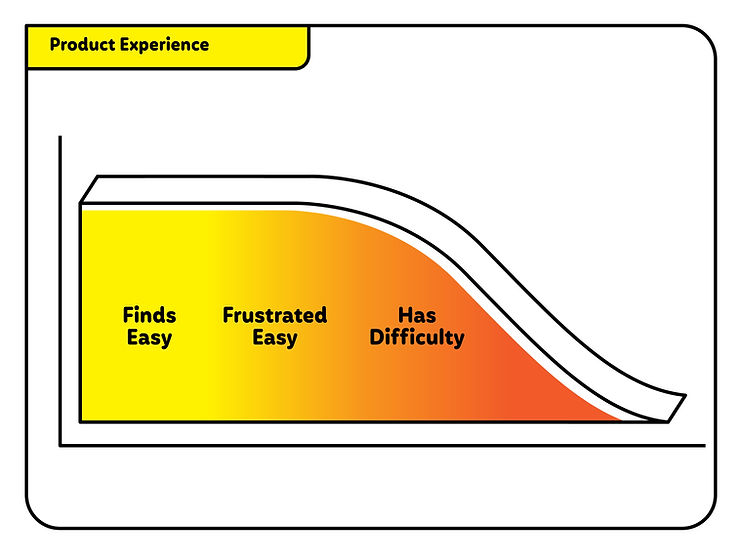
The Future of Accessibility in Product Design and Manufacturing
- In a world where conscious consumerism is on the rise, businesses that embrace accessibility and inclusivity create a powerful competitive edge. By recognizing the impact of designing for all, these companies not only enhance their profitability but also become champions of a more equitable and sustainable future.
- Beyond the bottom line, focusing on accessibility engenders a virtuous cycle of customer loyalty and brand reputation. Consumers are increasingly drawn to brands that align with their values, and actively supporting accessibility and inclusivity resonates profoundly. Such commitment to diversity and inclusiveness not only bolsters customer loyalty but also positions the brand as socially responsible and empathetic, building a robust and positive brand image in the minds of consumers. Moreover, investing in accessibility training for employees and product design leads to improved work culture and heightened customer satisfaction. By understanding diverse user needs, employees gain valuable insights, enabling them to craft user experiences that transcend expectations. As we continue to innovate, let us remember that true success lies in cultivating an environment where everyone can thrive, leaving no one behind on the journey to progress.

